The Philippines is such a country where the sunlight not only illuminates the sky but also leads the country towards fuelling an energy revolution. With an average of 5 to 6 peak sunlight hours daily, the country has immense potential to harness solar power for sustainable development. However, realizing this potential requires addressing various economic, infrastructural, and regulatory challenges.
The Growing Importance of Solar Energy in the Philippines
Being a country that heavily depends on fossil fuels, the Philippines must shift to renewable energy sources. Solar energy provides a feasible alternative to fossil fuels, enhancing energy security, reducing emissions of greenhouse gases, and providing electricity to off-grid communities.
The Philippines has set ambitious renewable energy goals, including a 35% renewable energy share in the power generation mix by 2030 and 50% by 2040. Solar power is expected to play a pivotal role in achieving these targets, offering clean and affordable energy solutions for residential, commercial, and industrial sectors.
Key Opportunities in the Solar Energy Market
1. Favorable Geographical Location
The Philippines is blessed with an abundance of sunlight, which makes it a perfect location to generate solar energy. Solar farms and rooftops can effectively harness this energy source and reduce the dependence on conventional energy sources.
2. Government Incentives and Policies
In addition, supportive policies, like those in the Renewable Energy Act of 2008 and the Net Metering Program, encourage solar energy use. Incentives to tax, tariffs on feed-in, and financing schemes also encourage investment in solar power projects.
3. Decreasing Solar Technology Costs
Innovations in solar panel technologies, as well as energy storage, have dramatically reduced the cost of installation and made solar energy more affordable for both businesses and households.
4. Increased Energy Demand
As the country’s economy expands so does the electricity demand. Solar energy offers an affordable and sustainable way to meet the growing demand while also reducing dependence on expensive fossil energy imports.
5. Corporate and Industrial Solar Adoption
Many businesses are shifting to solar power to reduce the cost of electricity and meet sustainable goals. Manufacturing and facilities powered by solar energy are becoming more prevalent, driving widespread solar adoption.
Challenges Hindering Solar Energy Expansion
1. High Initial Investment
Despite declining costs, upfront capital needed to install solar panels remains an obstacle for many homeowners and companies. Although financing options are available, affordability is a major problem.
2. Grid Infrastructure Limitations
Incorporating solar power into the grid requires improvements to allow for the distribution of electricity generation. A lack of modern grid infrastructure can hamper efficiency in solar power distribution.
3. Weather and Natural Disaster Risks
The Philippines is vulnerable to typhoons, earthquakes, and heavy rains, which pose hazards to solar installations. Making sure that solar power systems are resilient power systems to extreme weather conditions is a major issue.
4. Regulatory and Bureaucratic Hurdles
While government policies encourage solar power, navigating the requirements for permitting and approvals could be long and difficult, making it difficult for developers and investors to get approvals.
5. Energy Storage Limitations
Solar power is not constant; therefore, efficient energy storage is essential for ensuring a reliable power supply. Although batteries are getting better storage costs are still expensive for widespread use.
Integrating solar energy into your business or residence isn’t always easy. It requires careful planning and consideration of problems like “Islanding,” an issue that means that a solar panel can continue to produce electricity even when the main grid is down. This could pose a risk to safety and compromise the stability of the grid.
Technology advancements provide exciting solutions to these issues. Inverters that prevent islanding, for example, can automatically cut off solar panels from the grid if needed, thus stopping islanding and ensuring grid security.
Future Outlook: What Lies Ahead?
The future of the Philippine solar energy market looks promising, with continuous advancements in solar technology and increasing awareness of renewable energy benefits. By addressing existing challenges, the country can unlock the full potential of solar power.
Key developments to watch in 2025 and beyond include:
- Expansion of large-scale solar farms
- Growth in decentralized solar energy systems for rural electrification
- Innovations in battery storage solutions for improved energy reliability
- Strengthening of government incentives to accelerate solar adoption
- Increased collaboration between the private sector and renewable energy stakeholders
- Expansion of the electricity grid.
Nativ Techniks: Your Partner in Sustainable Solar Solutions
If you’re looking to transition to solar energy, Nativ Techniks is here to help. As a trusted provider of high-quality solar solutions, we offer expert guidance, installation services, and innovative energy-saving technologies tailored to your needs. Join the clean energy movement today and take a step towards a sustainable future with Nativ Techniks.
Bottom Line
The Philippine solar energy market presents a landscape of immense potential, marked by opportunities for growth and challenges that need strategic solutions. Solar power can become a cornerstone of the country’s energy future with the right policies, investments, and technological advancements. By embracing solar energy, businesses and households can contribute to a greener and more sustainable Philippines.
So, contact us and get the best panel for your needs. To call, dial +639176310032 or write to us directly at wecare@nativtechniks.com
Read our other blogs
Understanding Solar Energy Policies in the Philippines: A guide for Investors
The Current State of Solar Energy & its future in the Philippines


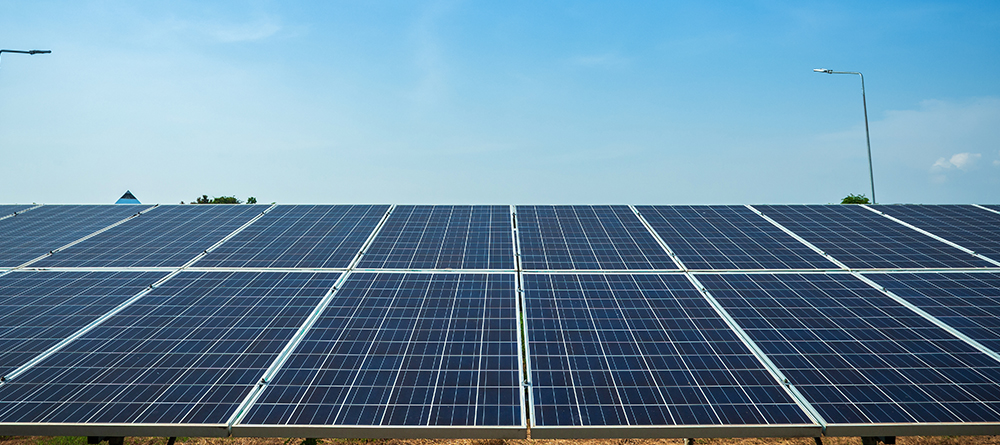


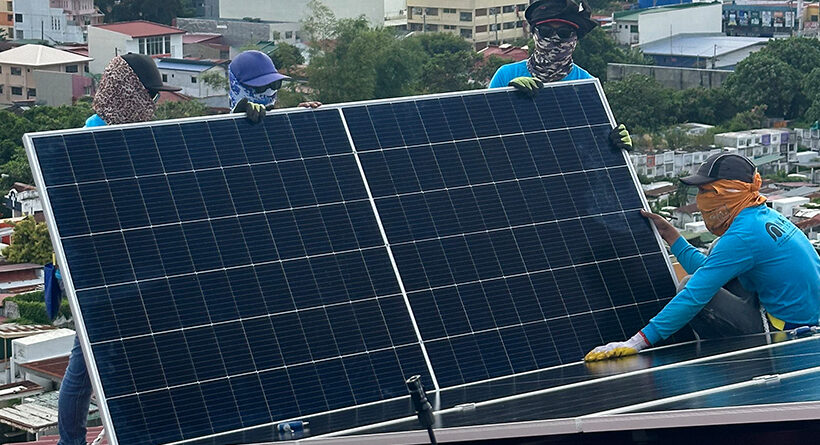


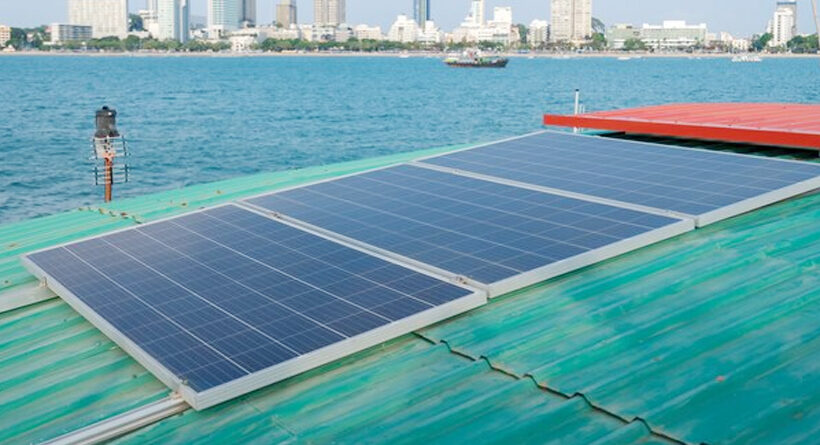

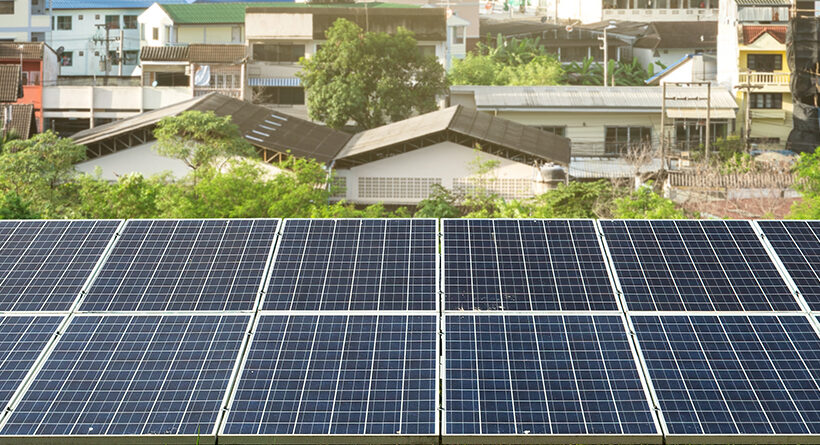
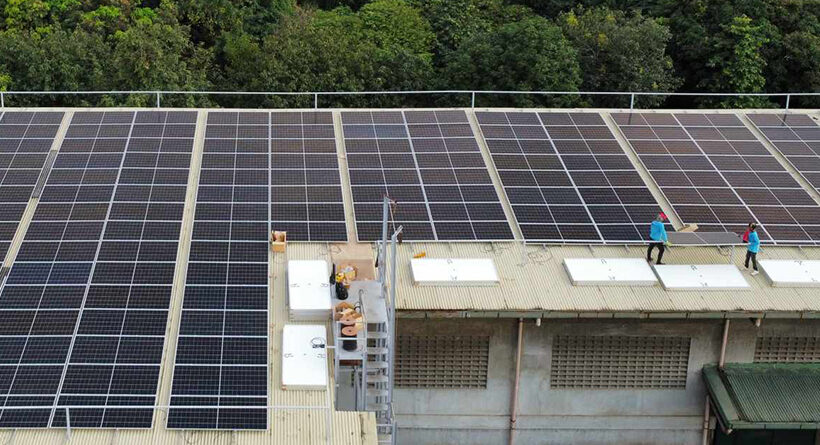
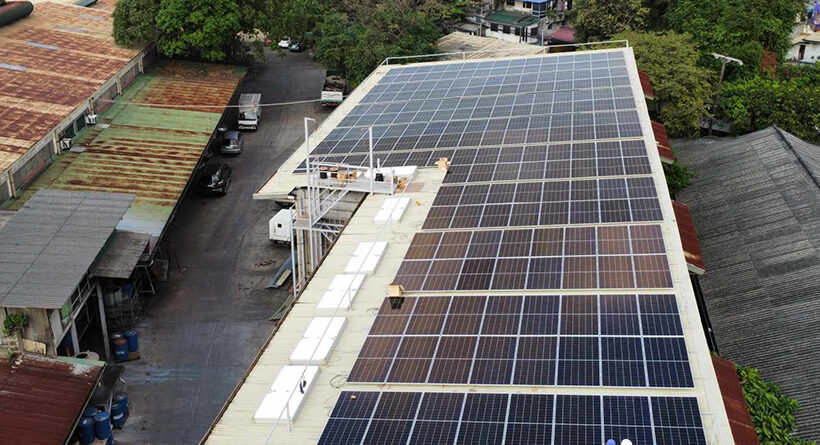
Leave a Reply